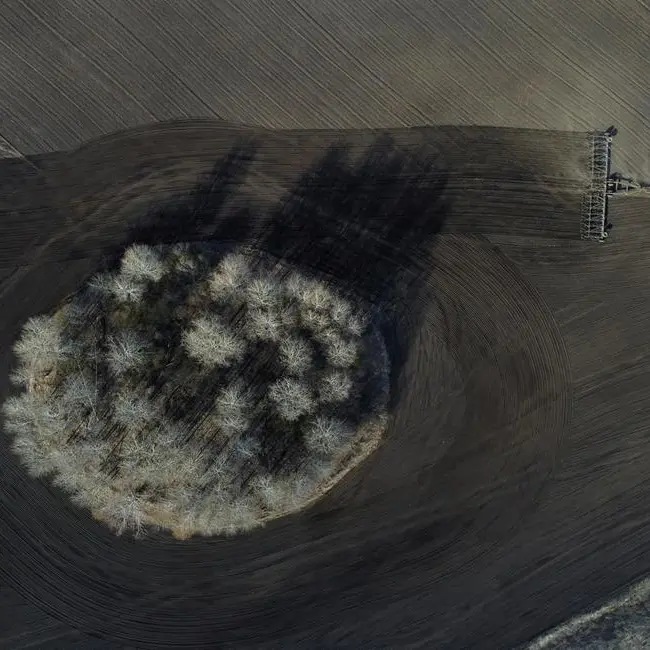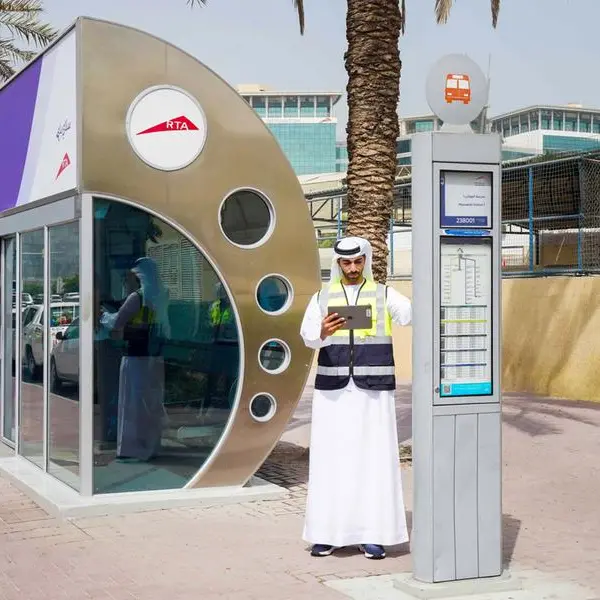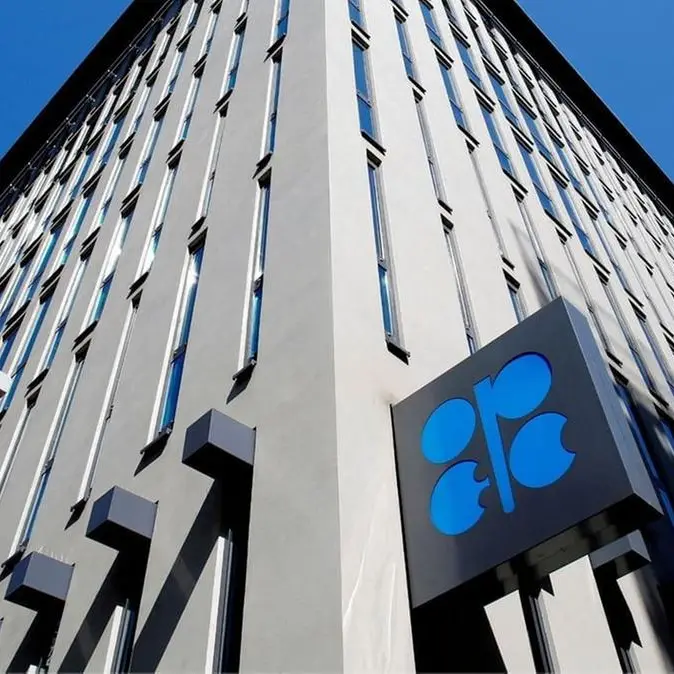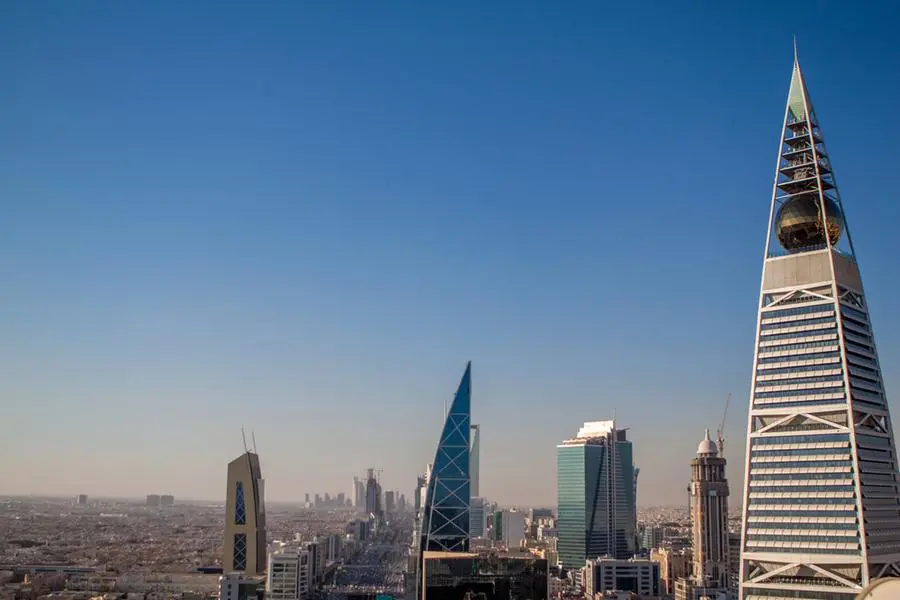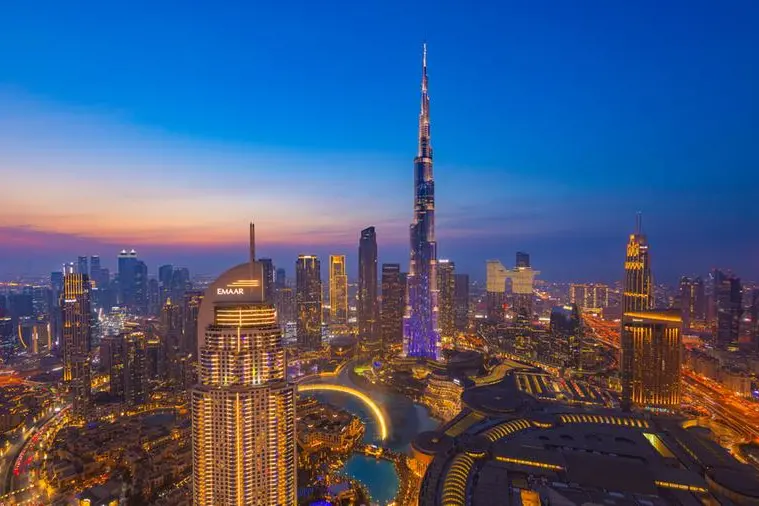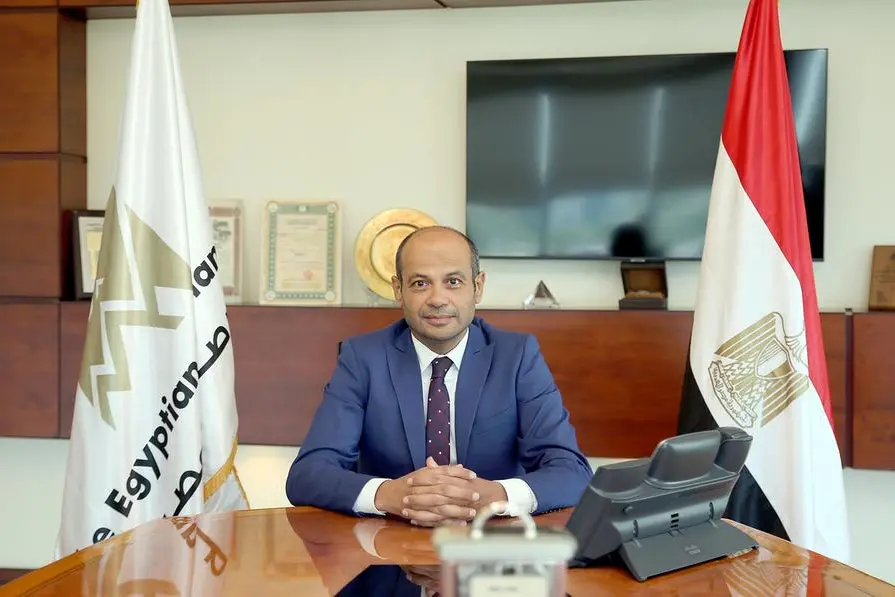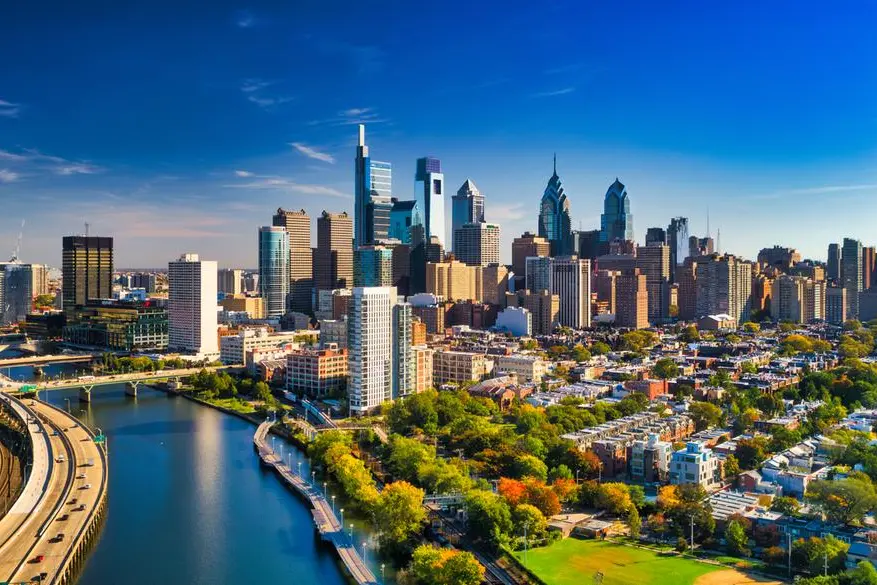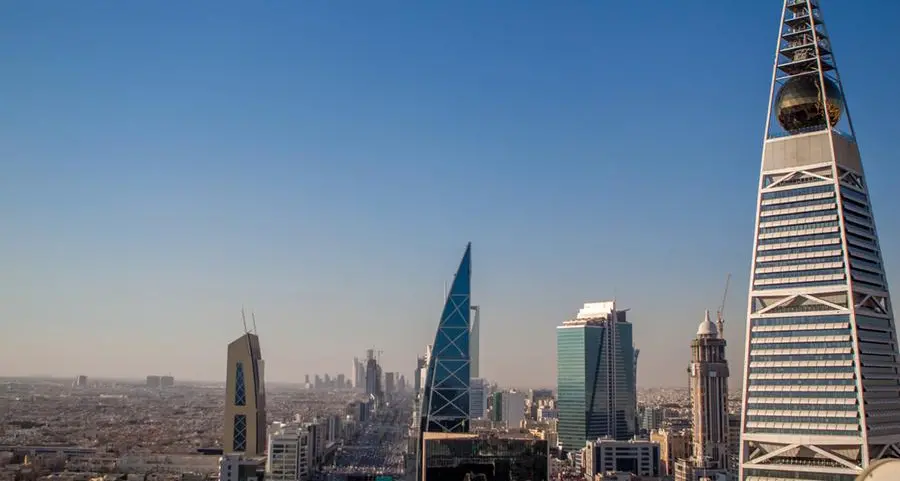Uganda has protested Kenya Railways Corporations (KRC) decision to offload 40 containers destined for Kampala at the Kenyan side of the Malaba border crossing in total disregard for transit railway cargo operation norms.
Kenya this week started trial runs for express freight train service from the port of Mombasa to Malaba as it also seeks to offer seamless cargo transfers to Ugandan ports of Jinja and Port Bell, through Kisumu port vessels.
But now Kampala says it was not informed about the changes in movement of cargo by Nairobi, protesting Kenyas failure to implement agreed-upon rail transit doctrines.Uganda Railways Corporation (URC) says, the norm requires that rail-transit cargo be handed over to the destination railway operator, in this case URC, or be delivered to the final destination.The doctrine of transit rail says rail freight cannot be offloaded before it reaches its final destination, Abuberkerer Ochaki, head of operations Uganda Railways Corporation (URC) told The EastAfrican.
Last-mile connectionThis suggests that KRC should have delivered the cargo to Tororo, Uganda, Jinja or Kampala, Ugandas major rail stations on the Northern Corridor.
Mr Ochaki told The EastAfrican that URC will formally write to KRC to complain about the latters failure to implement agreed-upon rail transit doctrines.
This means Huaye International Logistics, a Ugandan firm whose cargo was hauled by rail to Malaba will have to find alternatives for the last-mile connection. By last Thursday, the cargo was still stuck at Malaba, Kenya.
Uganda Shippers Council chairman Charles Kareba, however, said it not entirely correct for URC to take up issue with Kenya Railways.
Instead, he advised URC to expedite rehabilitation of the Jinja-Kampala section of the metre-gauge to facilitate seamless transportation of cargo from the port of Mombasa to Kampala.URC cannot deploy its new locomotives on this critical section of the metre gauge railway line. The line needs to be rehabilitated and improved for the new engines, said Mr Kareba.
The push-and-pull between the two countries comes as China proposed a grand infrastructure plan for the Horn of Africa that would involve expanding the two major railroads Kenyas standard gauge railway and the Ethiopia-Djibouti line into Uganda and Eritrea respectively, and developing ports on the Red Sea and the Indian Ocean at Mombasa port.
Under the proposals, announced during last weeks visit by Chinas Foreign minister Wang Yi in Kenya, the Mombasa-Nairobi SGR will be extended to Uganda, Rwanda, South Sudan, and eventually to the Democratic Republic of Congo.
Mr Wang also said the line linking the Ethiopian capital Addis Ababa with Djibouti will be extended to Eritrea, but that both plans will only happen in due course.We need to see faster development of the Red Sea and Indian Ocean to develop a framework of two axes plus two coasts, the Chinese minister said.
However, this change of heart from Beijing to extend these projects, despite initially questioning their viability, comes at time both Kenya and Ethiopia are struggling with loan repayments for the first phase of their railroads, even as Kampala sealed a deal with another Chinese firm to refurbish its metre gauge railroad from Malaba to Kampala.
On Wednesday President Uhuru Kenyatta hosted Ugandas first son Lt. Gen. Muhoozi Kainerugaba at the Naivasha Inland Container Depot, to witness the trans-shipment of container cargo from the SGR to the meter gauge railway (MGR) for onward transportation to Malaba, at the Kenya-Uganda border.
The President hailed the partnership between Kenya Railways Corporations and the Kenya Ports Authority for the successful execution of the SGR to MGR container cargo trans-shipment project.CollaborationIn May last year, Uganda and Kenya joined forces to push the rehabilitation and seamless connection of the old metre gauge railway line. Kenya has since revamped its metre gauge line from Naivasha to Malaba and in December launched passenger service to Kisumu.The idea is to make sure we have a seamless operation of the metre gauge railway line from Naivasha all the way to Kampala. So we felt for it to make sense, Uganda had to also start doing the same for their line to make this project complete. The Uganda agreement with the contractor is to have this done in the shortest time possible so as to ensure we have the line working for business persons all the way to Kampala, Kenyas Cabinet Secretary for Transport and Infrastructure James Macharia told The EastAfrican in an earlier interview.
But even as Kenya seeks to go ahead with haulage of the cargo to Malaba, the rehabilitation works on the 260-km Malaba-Kampala metre gauge line have stalled. The contract was awarded to China Road and Bridge Corporation.
Mr Ochaki said the contractor is expected to complete the work in 12 months.
The construction of the TororoGulu section was contracted to Vinci Group subsidiaries namely Sogea Satom and the ETF. The two companies will replace the entire section of 375km meter gauge line with a standard gauge railway.
They will also be responsible for the production and installation of 200,000 cubic metres of ballast and the replacement and repair of sleepers, rails and fastenings.
In August last year, Kampala approved $376 million for the 215km MalabaKampala meter gauge railway refurbishment project. An additional investment of $12 million was also approved to purchase eight locomotives for the line, and a further $2.5 million for routine repairs across the network.
Ugandas target is to move cargo from road to rail, and expects to be moving six million tonnes a year. It is also angling to use rail to cut down on the transport costs from 13 US cents to between five and seven US cents per net tonne kilometre.
This week, Nairobi said starting this March, it plans to transport cargo destined to Uganda, Rwanda, Burundi, South Sudan and parts of Eastern DR Congo, which accounts for 30 percent of imports and exports through the port of Mombasa, using its refurbished railroad.
KRC managing director Philip Mainga said the direct haulage of cargo will start after all loose ends have been addressed.
Efficiency goalThe link that underpins seamless and efficient rail transport along the Northern Corridor will be achieved in the next few weeks. The integration of the SGR and MGR lines will remarkably improve the flow of cargo right from the port to the hinterland serving Uganda, Rwanda, Burundi, South Sudan and parts of eastern Democratic Republic of Congo, said Mr Mainga.Our clients will now enjoy seamless transportation of cargo from the port of Mombasa to Malaba and onward to the East African region in a safe, reliable and cost-effective way, he added.
Kenya said the railway line offers safety, efficiency and reliability. It also cuts the reliance on road transport on the 572 km stretch, which will allow transporters and importers to pick their cargo at Malaba 36 hours after the trains departure from Mombasa and importers have a choice of using rail from Malaba to Kampala.
This comes at a time when the Kenyan government is grappling with how to increase efficiency at the Naivasha Inland Container Depot, which has a capacity to hold handle 120,000 twenty-feet equivalent units (TEUS) annually.
KRC has now scheduled eight trains to operate on the refurbished Naivasha-Malaba metre gauge line, connecting with the Mombasa-Naivasha SGR.
The Shippers Council of East Africa has termed the cargo move by Kenya a game changer, but only if the ports and railway agencies work optimally to ensure efficiency.Importers consider cost and efficiency. If the consignment reaches on time at the cheapest cost, that is what they will go for. The introduction of railway is what we have been pushing for as it will give importers an alternative means of hauling their cargo, said CEO Gilbert Lagat, adding that Despite the protests, rail has proved to reduce cases of cargo loss as there is less cargo diversion as opposed to the use of trucks.However, the express rail freight from Mombasa to Malaba has been criticised by transport sector operators, with truckers calling on Nairobi not to make it compulsory to use the service but rather to ensure there is freedom of choice in selecting the mode of transport.
Transporters have also called for transparency.KRC is issuing misleading information on haulage of cargo as they try to entice more importers to use the freight trains. The government is not telling importers the last-mile cost and time to be spent to transfer cargo, considering KRC has proved to be incompetent in handling cargo, said Newton Wangoo, chairman, Kenya Transporters Association.We will resist any move to make it compulsory for importers to use the metre gauge train to ferry cargo since it will be against a court ruling, which calls for freedom of choice for importers, said Mr Wangoo.
The chairperson of the Kenya International Freight and Warehousing Association Roy Mwanthi said KRC could be giving an encouraging offer to haul cargo to Malaba but they need to address reverse strategy to ensure containers are brought back on time.The promotional rates are good but how will they handle cargo at the end of rail? There is no strategy of last-mile and how empty containers will be returned as opposed to using trucks. This might lead to delay in returning empties as a result increase demurrage, said Mr Mwanthi.
The railway agency said it aims to offer end-to-end rail delivery to the Ugandan ports of Jinja and Port Bell through Kisumu port and the direct main line through Naivasha-Malaba-Kampala.
Cost carrotTo entice more users, the government has offered a 30-day free storage and quick cargo processing and transshipment of the wagons.
Last December, KRC announced promotional tariffs to ferry cargo using the metre gauge rail where containerised cargo from Mombasa to Malaba will be charged $860 for a 20-foot container weighing 0 to 30 tonnes, and $960 for a container above 30 tonnes. Transporting a 40-foot container weighing 0-30 tonnes cost $1,110 while that weighing above 30 tonnes will be charged $1,260 via the SGR/MGR seamless network.
Currently, transporting container via the SGR network from Mombasa to Nairobi costs $500 for a 20-foot container weighing 0-30 tonnes and $600 for that weighing above 30 tonnes. On the other hand, transporting a 40-foot container weighing 0-30 tonnes will cost $630 and $780 for that weighing above 30 tonnes.
KRC charges $450 to transport a 20-feet export container from Malaba to Mombasa (Down Direction) via the SGR/MGR network and $690 for a 40ft container. Transporting a 20-foot empty container and a 40-foot container will cost $100 and $150 respectively.
Copyright 2022 Nation Media Group. All Rights Reserved. Provided by SyndiGate Media Inc. (Syndigate.info).
